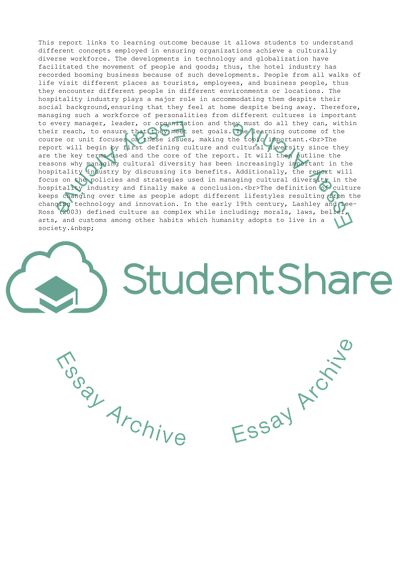Cite this document
(Managing Cultural Diversity Term Paper Example | Topics and Well Written Essays - 2500 words, n.d.)
Managing Cultural Diversity Term Paper Example | Topics and Well Written Essays - 2500 words. Retrieved from https://studentshare.org/management/1847276-leadership-across-cultures
Managing Cultural Diversity Term Paper Example | Topics and Well Written Essays - 2500 words. Retrieved from https://studentshare.org/management/1847276-leadership-across-cultures
(Managing Cultural Diversity Term Paper Example | Topics and Well Written Essays - 2500 Words)
Managing Cultural Diversity Term Paper Example | Topics and Well Written Essays - 2500 Words. https://studentshare.org/management/1847276-leadership-across-cultures.
Managing Cultural Diversity Term Paper Example | Topics and Well Written Essays - 2500 Words. https://studentshare.org/management/1847276-leadership-across-cultures.
“Managing Cultural Diversity Term Paper Example | Topics and Well Written Essays - 2500 Words”, n.d. https://studentshare.org/management/1847276-leadership-across-cultures.


